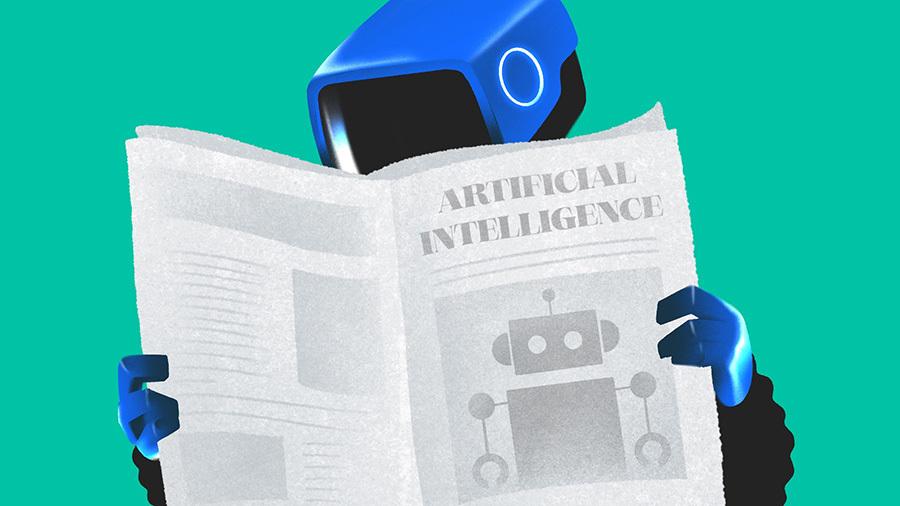The media industry faces a critical moment as it grapples with the growing influence of artificial intelligence (AI) in content consumption and distribution. Recent insights from The Wall Street Journal reveal that publishers are increasingly attempting to block AI crawlers from accessing their content. This defensive strategy involves partnerships with companies like Cloudflare to create barriers around websites and pursuing legal action against tech giants for scraping their work without compensation. Notably, Cloudflare reported an 18% surge in scraping activity over the past year, indicating a pressing challenge for traditional media.
Despite these efforts, experts argue that this approach may be misguided. The reality is that AI is not merely infiltrating established media; it is reshaping the landscape entirely. Instead of resisting AI, media organizations should consider integrating these technologies into their operations. As the demand for quick, accessible summaries of news rises, the traditional paywall model is being questioned. Many consumers no longer wish to navigate multiple websites for information but prefer concise answers that AI can provide.
A significant shift is underway. Generative AI tools do not need to replicate articles to diminish traffic; they can render full articles unnecessary. If AI can succinctly answer questions like “What happened in Gaza this morning?” users may not feel compelled to read lengthy analyses. Consequently, outlets that block AI crawlers risk becoming invisible in an increasingly automated news environment.
Understanding the New Media Landscape
The fight to protect proprietary content reflects a fundamental misunderstanding of the nature of information in 2025. Much of today’s content is already a form of remix culture. News platforms summarize other sources, bloggers reinterpret headlines, and analysts provide insights based on existing coverage. AI technology does not alter this dynamic; it automates and streamlines it. Fighting against AI is akin to resisting email because it rendered fax machines obsolete.
Interestingly, AI-generated summaries can enhance the visibility of reputable reporting. If a chatbot frequently cites a particular outlet, it amplifies that outlet’s reach and influence. Restricting AI from accessing content does not prevent ideas from circulating; it merely removes the outlet from the credit cycle. This is similar to a researcher attempting to control citations of their work, which ultimately limits their influence.
Collaborating with AI for a Sustainable Future
To thrive in this new environment, publishers should explore collaboration with AI platforms rather than isolation. By embedding metadata that identifies authorship and creating agreements that prioritize bylines and links back to original coverage, media organizations can establish themselves as authoritative sources.
For instance, Dotdash Meredith has started working with OpenAI to ensure that its content is recognized and credited appropriately. Publishers that make their work indexable and AI-friendly, such as The New York Times, The Atlantic, and Bloomberg, are likely to benefit from increased brand equity, reach, and reader trust.
As Aron Solomon, chief strategy officer for Amplify, notes, the next generation of news consumers will increasingly rely on AI for information. A teenager in Kansas asking an AI assistant about recent Supreme Court decisions will not search through newspaper archives; they will receive a rapid summary. If a media outlet’s work does not feature in that summary, it risks losing relevance.
The challenge is not that AI diminishes the value of journalism; rather, it alters access to that value. Publishers that view AI as an adversary may inadvertently train future generations to forget their contributions. The sustainable future of media lies not in erecting barriers but in embracing the technology that shapes the information landscape.
To remain relevant, media organizations must shift focus from keeping bots out to ensuring they are cited when it matters most. The path forward involves transparency, collaboration, and a commitment to excellence that even AI recognizes. Embracing this reality will be crucial for those wishing to thrive in an ever-evolving media ecosystem.
